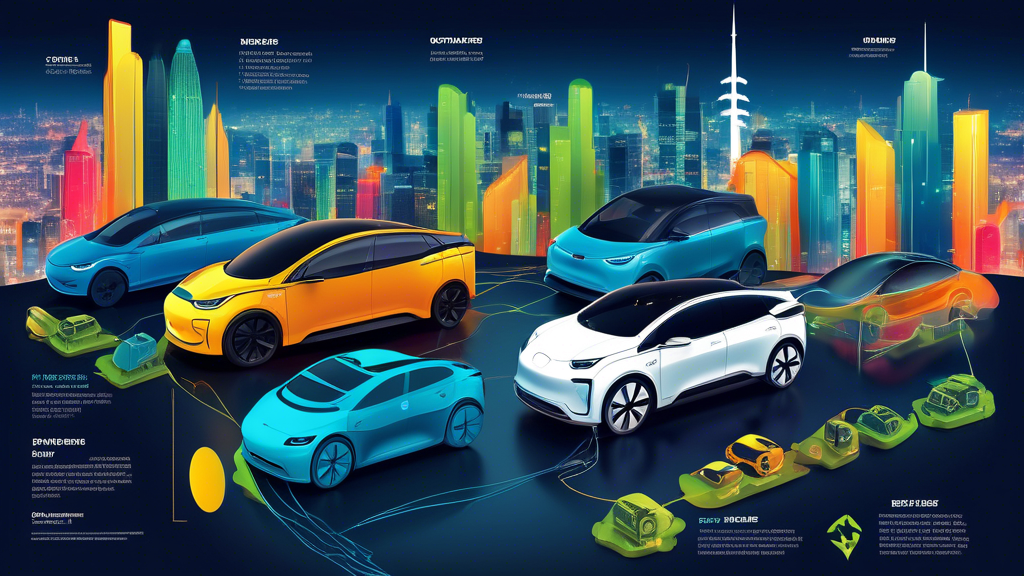
Understanding EV Depreciation: A Guide for Buyers
A guide for buyers – Electric vehicles (EVs) have quickly shifted from a niche market to a mainstream choice for many car buyers, driven by technological advances, growing environmental concerns, and increasing model availability. A guide for buyers – As the EV market matures, potential buyers are increasingly curious about how these vehicles hold their value over time, an important aspect known as depreciation. Understanding EV depreciation is crucial for any car buyer but vital in the rapidly evolving EV sector.
What is Depreciation?
Depreciation is the difference between a vehicle’s purchase price and its value once you sell it. It’s an unavoidable cost of car ownership, with most vehicles losing value when driven off the dealership lot. Various factors, including mileage, condition, brand reputation, and technological advancements, contribute to depreciation.
Factors Affecting EV Depreciation
The depreciation of electric vehicles can be influenced by several unique factors:
- Technology: Rapid EV advancements can quickly make older models seem outdated, affecting their resale value.
- Battery Life: The lifespan and health of an EV’s battery play a significant role in its depreciation, as replacement batteries can be expensive.
- Government Incentives: Many governments offer incentives for purchasing new EVs, which can lower the initial cost and affect the resale value since second-hand buyers can’t access these incentives.
- Charging Infrastructure: The availability and convenience of charging stations can impact an EV’s attractiveness and, thus, its depreciation.
How EV Depreciation Compares to Internal Combustion Engine Vehicles
Initially, it was believed that EVs would depreciate faster than their internal combustion engine (ICE) counterparts due to concerns over battery life and technology obsolescence. However, recent trends indicate a shift. Factors such as the increasing demand for EVs, improvements in battery technology, and expanding charging infrastructure have begun stabilizing EV resale values. In some markets, EVs hold a higher value than ICE vehicles.
Strategies to Minimize Depreciation
While it’s impossible to avoid depreciation altogether, there are several strategies that EV buyers can employ to minimize its impact:
- Maintenance: Regularly servicing your EV and keeping it in good condition can help maintain its value.
- Warranty: Purchasing an EV with a comprehensive warranty, especially one that covers the battery, can reassure potential buyers down the line.
- Buy Used: Consider buying a used EV. The initial depreciation hit has already been absorbed by the first owner, which can offer better value in the long run.
- Lease: Leasing an EV can be another way to sidestep depreciation concerns, as you can return the vehicle at the end of the lease term without worrying about its resale value.
The Future of EV Depreciation
As the EV market continues to evolve, depreciation patterns may also change. Increased adoption, longer battery lifespans, and more stable markets could lead to slower depreciation rates for electric vehicles. Moreover, as the world moves towards more sustainable transportation options, the demand for EVs is expected to rise, potentially impacting their depreciation rates positively.
In conclusion, understanding EV depreciation is key for any prospective EV buyer. By considering the factors unique to electric vehicles and making informed choices, buyers can better navigate the landscape of EV ownership and potentially minimize the financial impact of depreciation.
